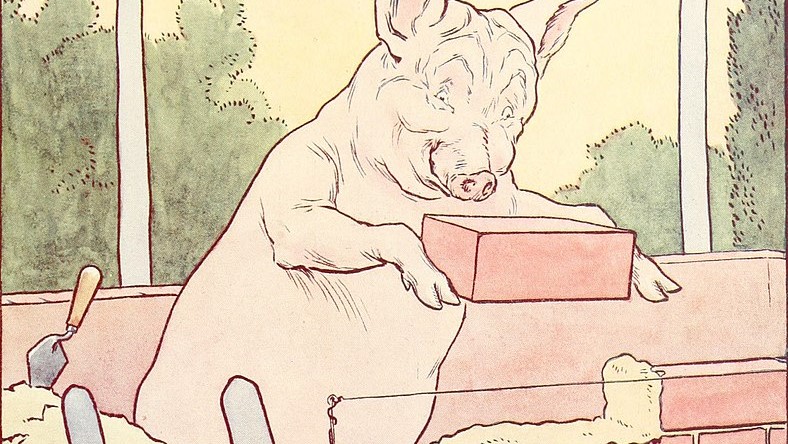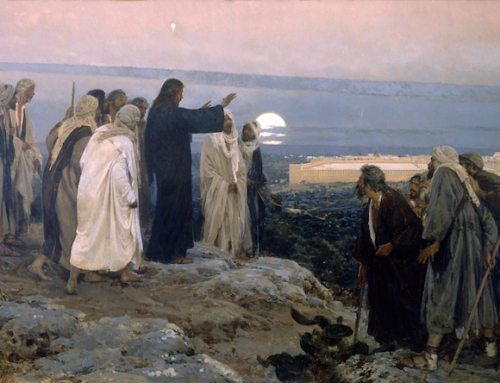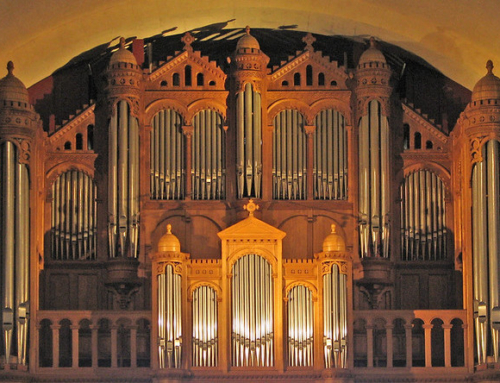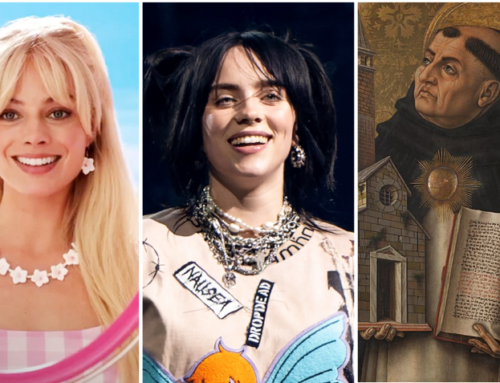And they all lived happily ever after . . . . So ends the classic fairytale: the dragon is defied, the royal knot tied, and the frog transmogrified. Following the Second Vatican Council, one would be mistaken to confuse the prudent fervor for ecumenism in the council document Unitatis redintegratio as a sort of fairytale reunification ready at the wave of a wand. Reality, on the other hand, seems more likely to take a page from tales of the Brothers Grimm. Divisions persist with new obstacles having arisen in the last sixty years, and the Church remains soberly with Christ in the garden praying “that all may be one” (John 17:21).
Thus the question remains: is the modern ecumenical project truly a fantasy or simply a dream deferred?
In spite of the challenges, we must have hope. Taking its name from oikouménē, which shares the same root as the Greek word for house (oikos), ecumenism is a desire to build up the house of God. For this task, in conformity with the Church’s magisterium, let us take a lesson from the greatest architects of fairytale fame: the three little pigs.
Straw—Notwithstanding the arguments to the contrary, we would be ill-advised to follow the poor model of our first porcine friend. As the story goes, this little piggy was quite lazy and built his house precariously from straw. Disaster befell him in the form of a windbag of a wolf. With one huff and a puff, all was lost.
This is the lot of those who would compromise the truth of the Gospel for the sake of a superficial unity. If we were to compromise true doctrine, any supposed unity would be like straw before the wind, carried away by all kinds of strange teachings (cf. Heb 13:9; Eph 4:14). Saint John Paul II asserts, “The unity willed by God can be attained only by the adherence of all to the content of revealed faith in its entirety . . . . A ‘being together’ which betrayed the truth would thus be opposed both to the nature of God who offers his communion and to the need for truth found in the depths of every human heart” (Ut Unum Sint, 18).
Sticks—The next porker constructed his house with sticks, a seemingly sturdier material than straw. Yet this sty, too, was scattered by the wiles of the wolf.
For our part, these sticks would symbolize an uncharitably rigid or merciless expression of the faith. Truth is essential and, as stated above, cannot be compromised; yet, without the bond of charity, the faithful will scatter. As the Apostle affirms, love “binds everything together in perfect harmony” (Col 3:14). And “If I . . . understand all mysteries and all knowledge, and if I have all faith . . . but do not have love, I am nothing” (1 Cor 13:2). In the light of charity, we can recognize this one Truth expressed “even in the [variety of] theological elaboration of revealed truth” (Unitatis redintegratio, 4). As Saint Thomas Aquinas observes, “If we take careful note of the statements of the Greeks, we shall find that they differ from us more in words than in meaning” (De Potentia 10.5.c).
Bricks—Finally, the third but shrewd swine remained cozily in his brick home. He need not fear, not by the hairs on his chinny chin chin: built on a firm foundation with brick and mortar walls, this third house could withstand the strongest winds.
Denying the false dichotomy of love and truth, the Church is disposed to spread the Gospel firm as a brick house, “built upon the foundation of the apostles and prophets, with Christ Jesus himself as the cornerstone” (Eph 2:20).
In a twofold dialogue of love and truth, Holy Mother Church is capable of embracing, beyond merely human fraternity, her separated brethren in Christ. Our unity is not built upon superficial conformity but on one Truth—Christ—handed down by the successors of Peter and the Apostles. In the end, we must entrust all our ecumenical endeavors to the Lord. As the Psalmist proclaims, “If the Lord does not build the house, in vain do its builders labor” (Ps 127:1).
✠
Image: L. L. Brooke, Three Little Pigs—Third Pig Builds A House







